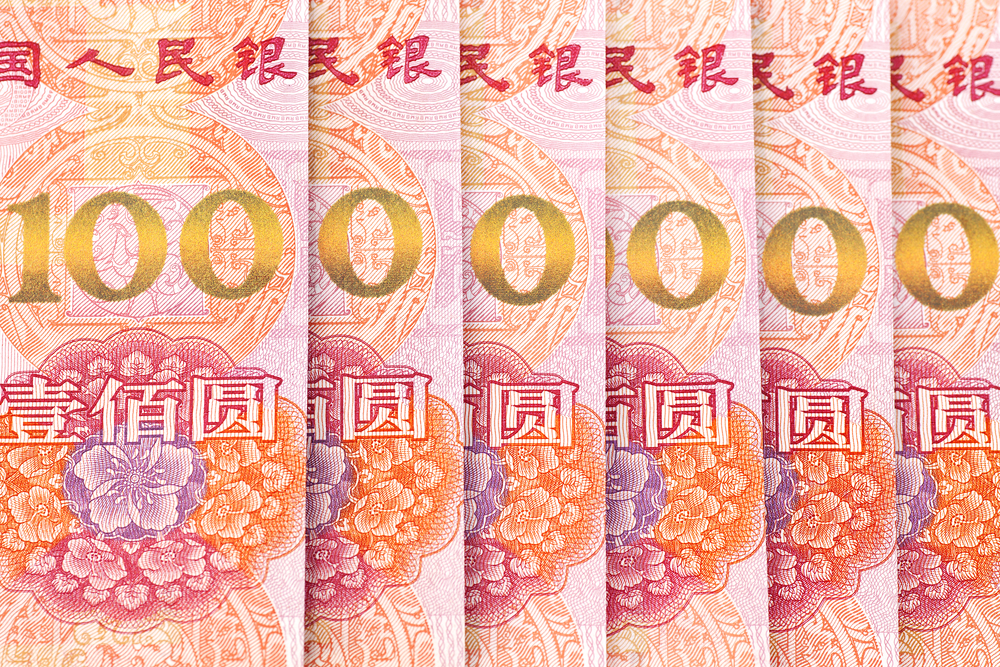China: Bank Lending - Is It Effective?
In China, bank loan growth is almost led by the government‘s policy stance. During this important recovery stage, the government wants banks to lend but banks are rightly worried about credit risk. Is the lending strategy working?

Credit data shows stable money growth
Aggregate financing increased by CNY3.19 trillion in May after rising CNY3.094 trillion in April.
Most of the increase came from yuan loan growth, at CNY1.48 trillion, followed by government-related debt net issuance of CNY1.14 trillion. Corporate debt net issuance was CNY297.1 billion.
Shadow banking items continued to shrink in May.
Where are the loans going?
The government has urged banks to lend to corporates and has asked corporates to make use of the loans by rebuilding their businesses in order to help the economic recovery. But this may be wishful thinking at a time when demand is so low.
There are media reports that the regulator has ordered banks to shrink the structured deposits balance to the 2019 year-end level by the end of September, and to two-thirds of the 2019 year-end balance before the end of this year. The media has also reported that the interest rate offered by structured deposits should be market-based. Overall, deposits went up by CNY1.29 trillion in May, excluding government deposits.
These new regulations tell us that even if banks do lend out more, the loans may not be used to fund operations or investment. In fact, they could be used for placing deposits; some have gone to high-interest rate structured deposits.
The behavior of banks and corporates is based on market conditions.
At this moment of high credit risk, banks have to be careful in their lending practices. They may want to lend to corporates where the business has not been hit hard by the trade war or by Covid-19 because the credit risk is lower but, at the same time, these corporates may not have a strong need for loans to rebuild their business. Those who can't get loans from banks are likely to be those that need them most.
The same applies to households, that generally want to save more rather than spend when the job market is unstable.
Monetary policy ahead
Without much genuine need for bank loans to rebuild the economy in this low demand environment, the People's Bank of China may defer liquidity injections with targeted RRR cuts and broad-based RRR cuts only when the economy really begins to recover.
We have, therefore, canceled our call for RRR cuts, for now, and we will return to this call later depending on the speed of the economic recovery. The recovery will mainly be based on government support.
A rate cut of 10-20 basis points in June is still possible because the interest rate cut by the PBoC will affect the interest rate in the bond market. Cheaper fundraising in the debt market would help economic growth.
Disclaimer: This publication has been prepared by ING solely for information purposes irrespective of a particular user's means, financial situation or investment objectives. The information ...
more


